Depending on who your target audience is, Instagram can be an extremely valuable marketing tool. Thanks to its photo-centric design, it can give brands the opportunity to make a big visual impact without sacrificing content quality (captions can be thousands of characters long, rather than just a couple hundred).
Let’s discuss how you can reach a wider audience, create top-notch posts and drive online engagement rates by leveraging the power of Instagram.
Who Uses Instagram?
Before we start diving into strategy, let’s first find out what kinds of people are actually using Instagram.
According to a 2016 Pew Research study, 32 percent of internet users (or 28 percent of all American adults) use Instagram. Of those, 38 percent are women, 59 percent are 18-29 years old, 37 percent have some college education, 38 percent earn less than $30,000 per year and 39 percent live in an urban environment.
By taking a closer look at the study’s findings, we can observe that the greatest disparity exists between age groups (a 51-point gap between users aged 18-29 and those aged 65 or older). All other factors remain within 12 percentage points of each other.
Thus, age is by far the most important element to consider when creating your Instagram posts (or deciding whether to use the platform at all). If your audience is between the ages of 18 and 29, then getting on Instagram is a no-brainer.
And, if your audience also happens to be made up of mostly college-educated women who earn $30,000 per year or less and live in big cities, all the better.
To Hashtag or Not to Hashtag
A little over a decade ago, Chris Messina https://twitter.com/chrismessina made a post on Twitter:
how do you feel about using # (pound) for groups. As in #barcamp [msg]?
— Chris Messina (@chrismessina) August 23, 2007
With that, the humble hashtag was born. Now, hashtags are an integral part of every major social media platform, including Facebook, LinkedIn and, yes, Instagram. However, hashtags aren’t as simple as they used to be.
Rather than just providing a way for users to join in on topically specific conversations, hashtags have now become a way for companies to reach a wider audience and raise brand awareness.
When it comes to Instagram in particular, more hashtags do not necessarily equal more engagement.
In fact, a study conducted by Locowise found that Instagram posts with no hashtags and those with three hashtags received the highest engagement rates, while those with 10 hashtags and those with 16 to 20 hashtags tied for the lowest engagement rates.
While no one can tell you exactly which hashtags will drive the most engagement, you’ll likely see positive results if you use between zero and three hashtags and only use hashtags that are relevant to your brand.
Craft Your Caption
Although eye-catching visuals may be the star of the Instagram show, captions are important, too.
Before you begin writing your caption, it’s important to identify your brand’s voice.
To learn how to do this, let’s take a look at a few examples.
On Magnolia’s account, captions are warm, casual and use plenty of family-related words to create a homey feel:
On National Geographic’s account, captions are long, in-depth and are often told from the perspective of the photographer to create an up-close-and-personal feel:
And, on the other end of the spectrum, Denny’s account features captions that are brief, goofy and informal to create a lighthearted feel:
Choose the Perfect Picture
Last but certainly not least, it’s important to consider the visual elements of each photo you post. While general guidelines like the rule of thirds are a good place to start, specific factors have been shown to drive engagement.
To discover what types of photos perform best, we’ll turn to research conducted by Curalate, which analyzed more than 8 million Instagram images. Here, I’ll be highlighting the factors that create the biggest difference.
When comparing light images to dark images, it was revealed that light images generate 24 percent more likes:
In terms of background, photos with less visible background outperformed photos with more visible background by nearly 30 percent:
As for the dominant color, blue-hued images generate 24 percent more likes than those with a red tint:
Finally, smooth images generated an impressive 79 percent more likes than those with high levels of texture:
What are your tips for creating great Instagram posts? Which Instagram accounts do you think post the best photos? Let me know below!
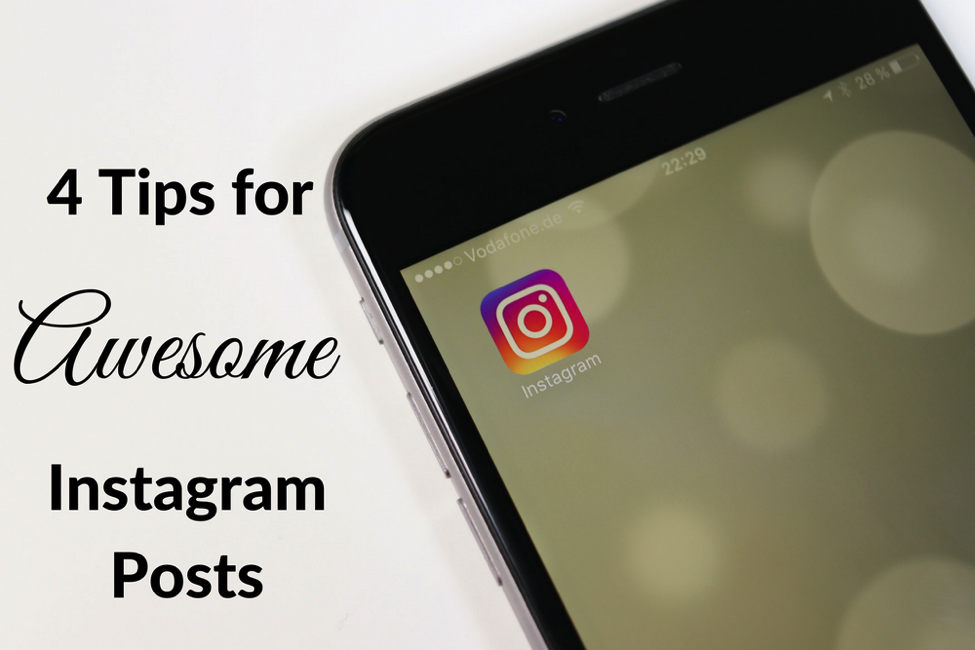
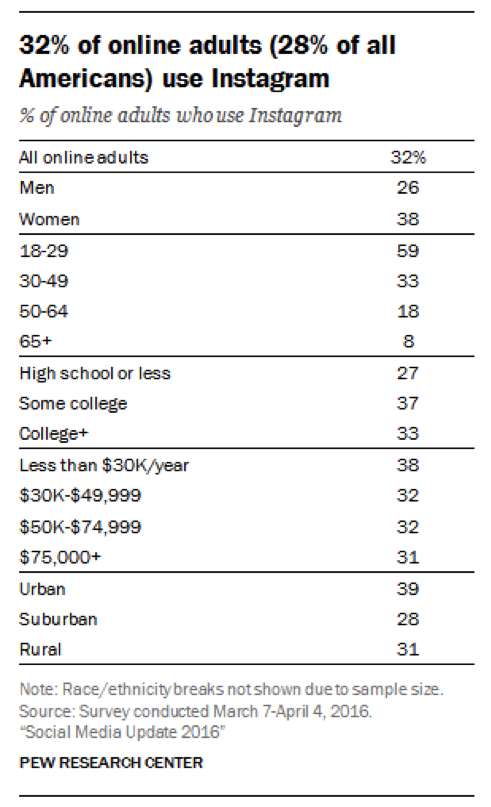

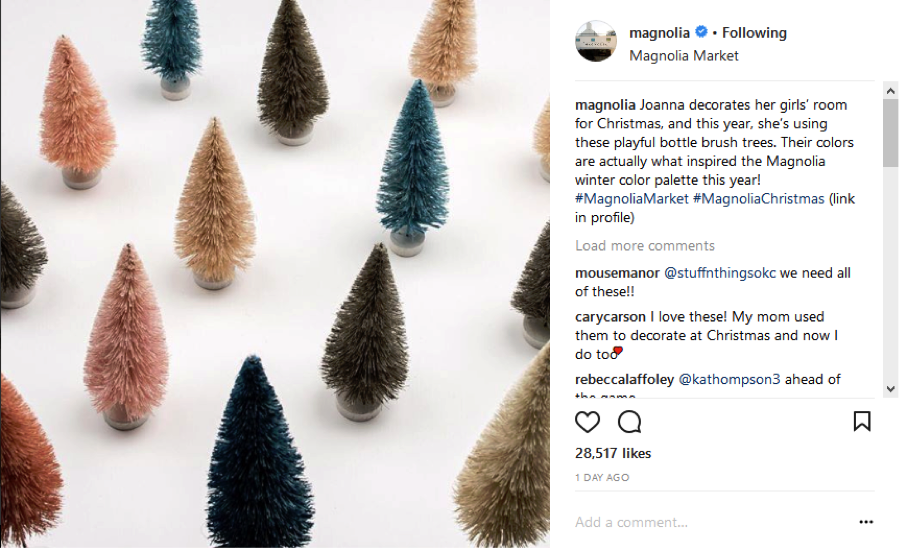
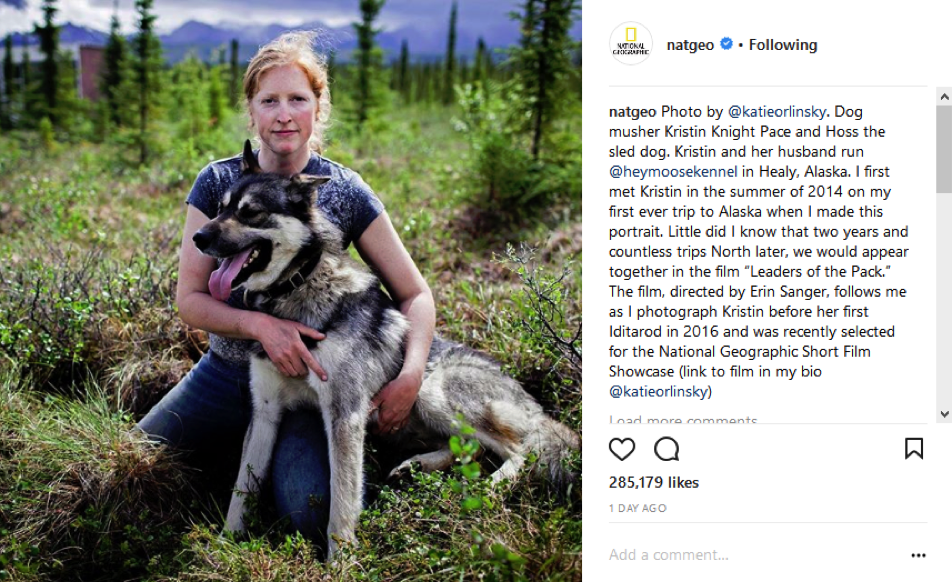
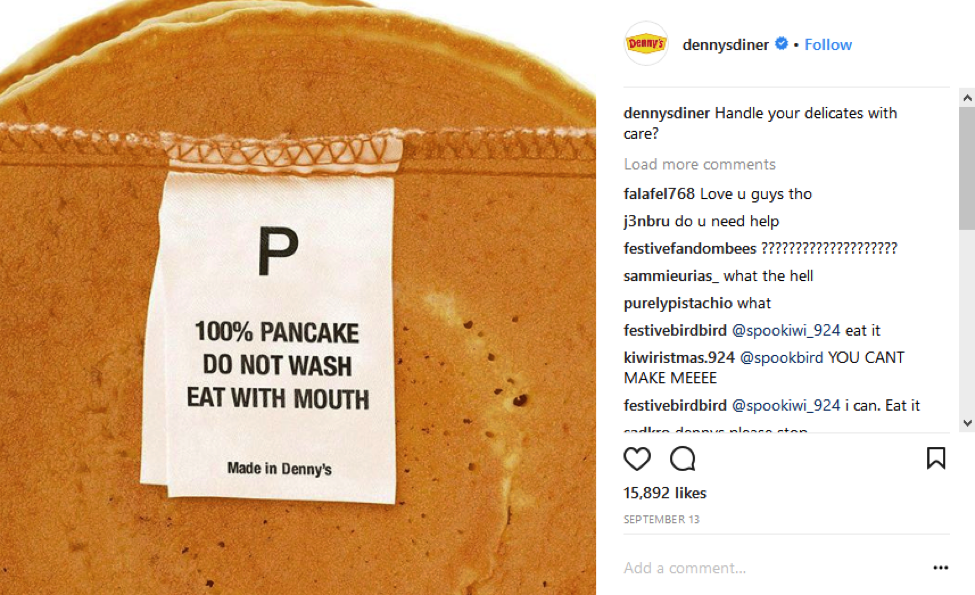
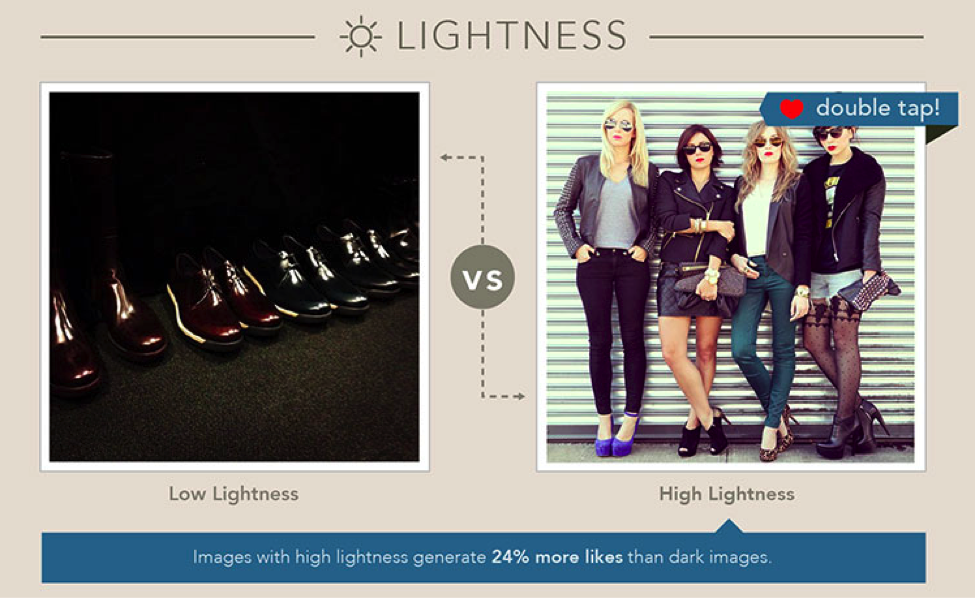



Thank you for your support! We love you too!